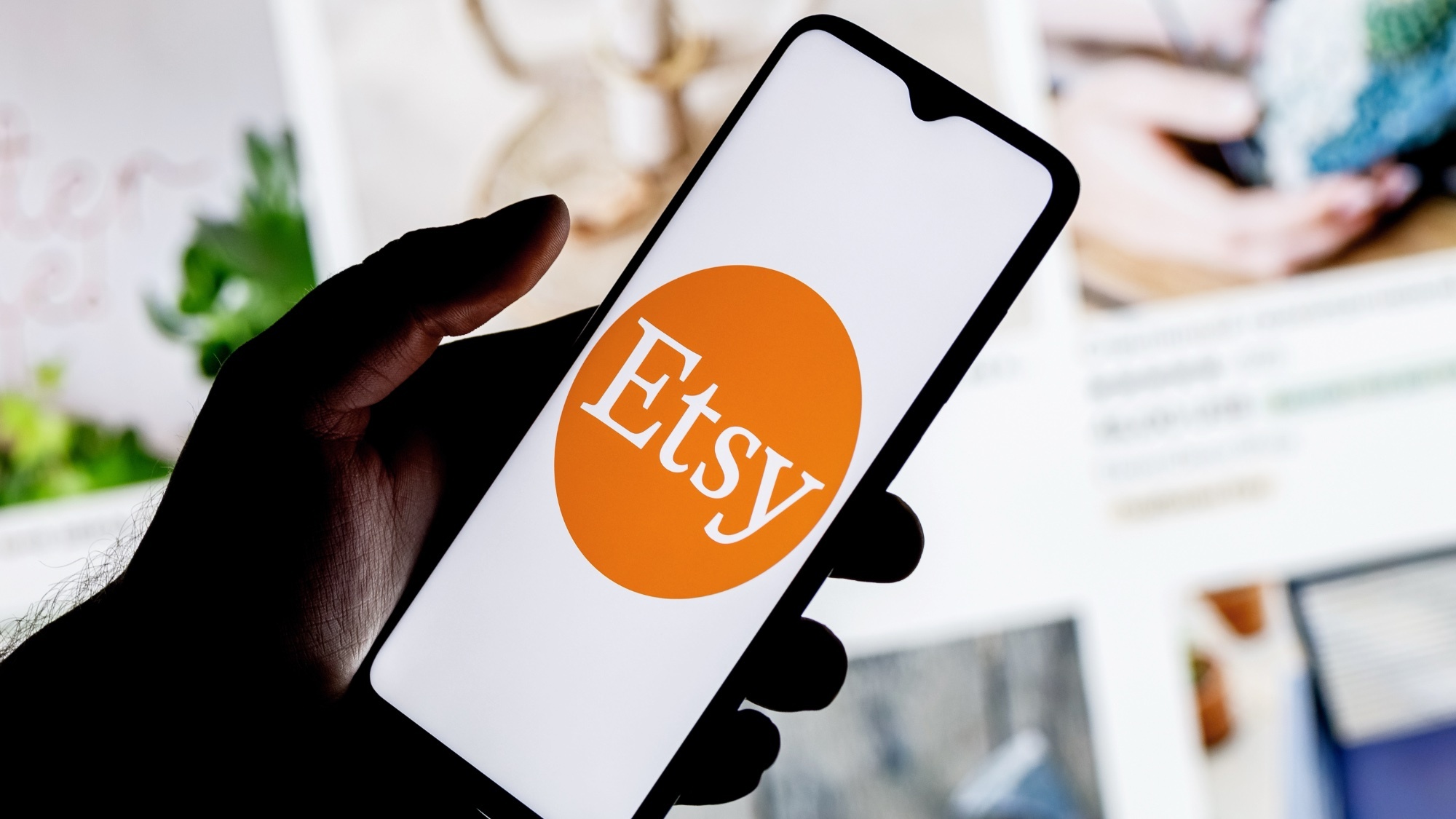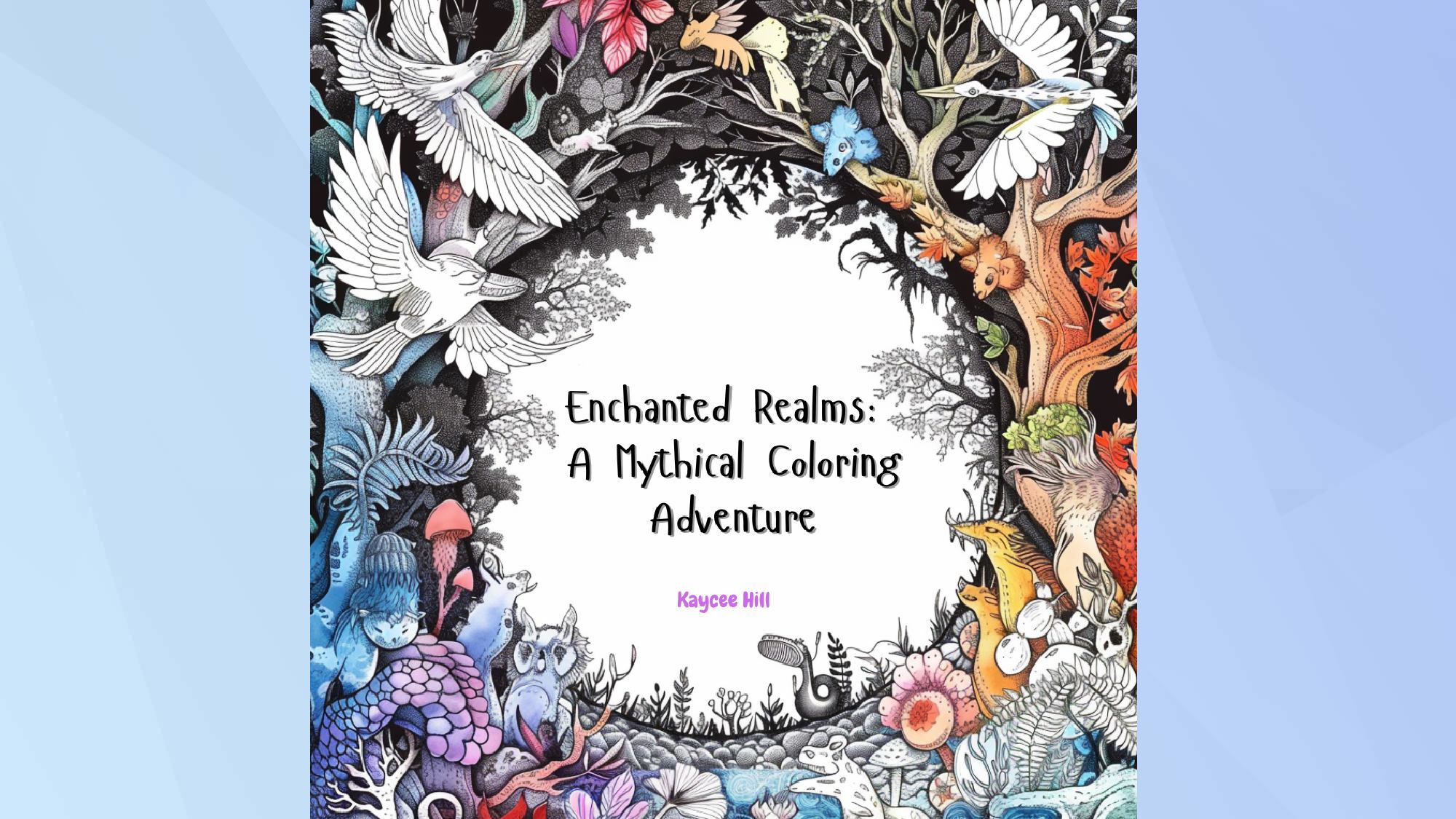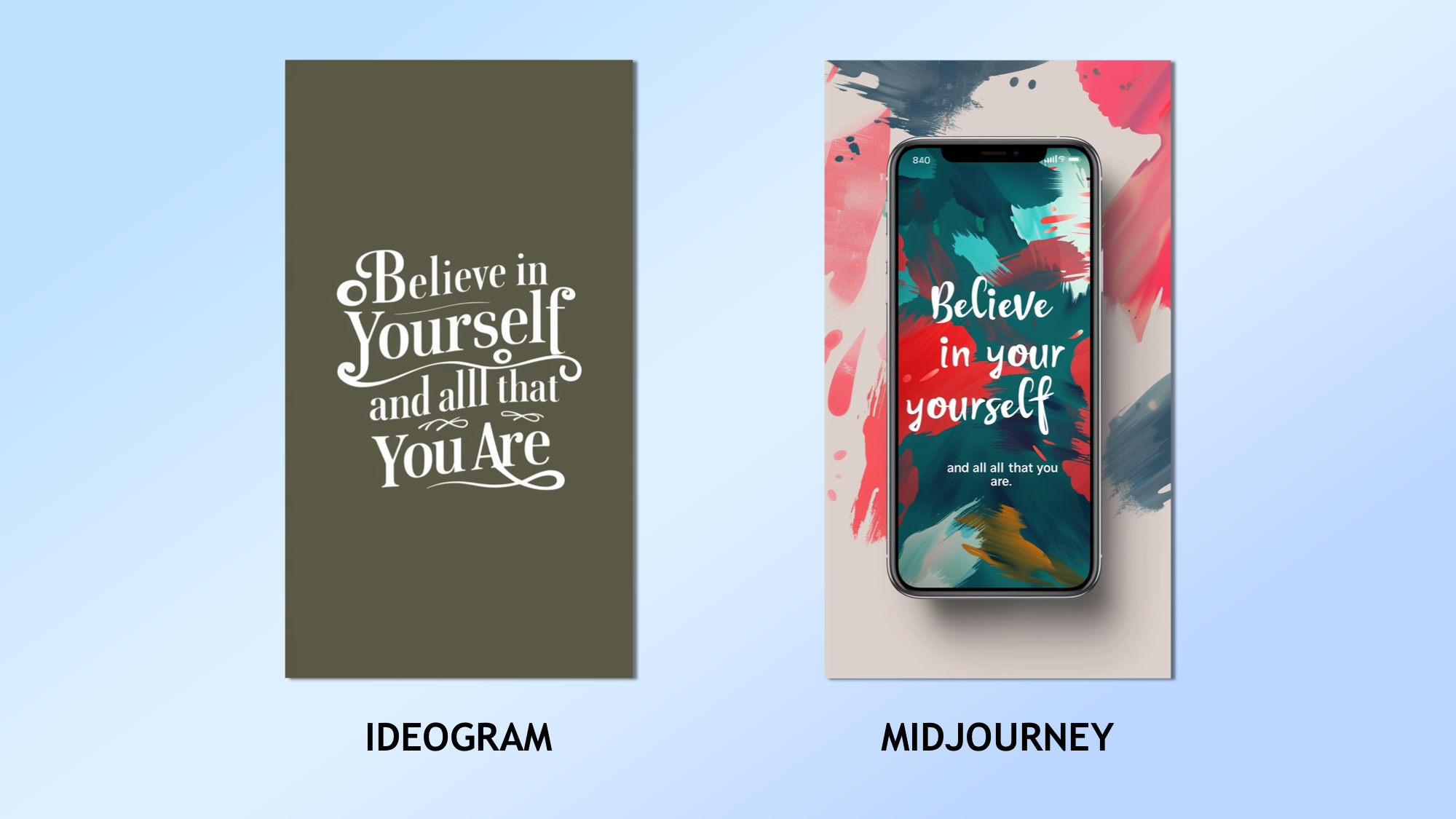
Etsy, the online marketplace known for handmade and vintage goods, has found itself at the center of an art debate. In a move that's sure to raise some eyebrows, Etsy announced it will now allow the sale of AI-generated art on its platform.
While Etsy is embracing the AI art trend, it's doing so with some caveats. Sellers must disclose their use of AI tools in listings and are prohibited from selling AI prompts separately from the final artwork. You have to bundle art and how it's made.
It's a policy that attempts to walk the line between supporting artists and maintaining the integrity of Etsy's handcrafted ethos. But will it be enough to satisfy critics and prevent the platform from being overrun by AI-generated products?
Etsy's decision comes amid a broader conversation about the role of AI in the creative industries. As AI image generators like Midjourney and Stable Diffusion have grown in popularity, so too have concerns about their impact on the livelihood of artists.
But Etsy’s decision to allow AI art but not human-written prompts, raises a few unique questions about the nature of this art itself — what is automated and what’s human?
Etsy is no stranger to controversy

This isn't the first time Etsy has found itself embroiled in controversy. In recent years, the platform has faced criticism for allowing the sale of mass-manufactured goods and items that violate its handmade policies. In 2015, Etsy updated its policies to allow sellers to work with outside manufacturers, a move that some felt betrayed the site's artisanal roots.
Since then, this change has led to an influx of mass-produced items and resellers on the platform. Investigations have also revealed a growing problem of knockoffs and dropshipping, where sellers purchase cheap items from places like AliExpress and resell them at a markup on Etsy, without disclosing this to buyers.
More recently in April 2022, Etsy sellers worldwide went on a week-long strike, putting their shops in "vacation mode" to protest Etsy raising transaction fees from 5% to 6.5%. Sellers were frustrated with the fee hike on top of other costs like listing fees, payment processing, and advertising — all while the platform’s quality continued to deteriorate.
After that, articles on the Washington Post, The Guardian, Forbes, and more have regularly highlighted how the platform often exploits artists.
Why this new AI art policy matters

Against this backdrop, Etsy's stance on AI art takes on added significance. By allowing AI-generated products but requiring disclosure and prohibiting the sale of prompts, Etsy is trying to strike a balance between embracing new technologies and preserving its identity as a marketplace for human crafts.
The policy also matters because it could set a precedent for how other platforms handle AI art. As more creatives experiment with AI tools, sites like Society6, Redbubble, and Zazzle may look to Etsy's approach as a model.
But does this policy really do what it advertises? Will the ban on AI prompts be enough to cull the incoming onslaught of low-quality, high-volume, automated artwork? Let’s unpack.
Starting in July, Etsy has introduced four new labels that the platform will use to categorize product listings based on the seller's role in creating the item:
- “Made by”: For physical items crafted, altered, or assembled by the seller by hand or using tools they own
- “Designed by”: For original designs by the seller (including seller-prompted AI art) offered as digital downloads or produced/printed by a third party
- “Sourced by”: For items like craft supplies and party decorations that enable buyer creativity
- “Handpicked by”: For vintage items, items from nature, and curated collections selected by specific sellers
Sellers can use their original prompts combined with AI tools to create artwork they sell on Etsy. However, AI use needs to be properly disclosed in the product listing. And while AI can be used in the creative process, Etsy prohibits the sale of AI prompt bundles alone without accompanying finished artwork. The company believes prompts are integral to the creative process and should not be sold separately.
But does the ban on selling AI prompts do anything to cull mass production? Prompts, which are written by real engineers and artists, represent the only human component of this art. While you might argue that this ban will prevent plagiarism of the creative process, that doesn’t really hold up either. What is to stop a seller from securing these AI prompts from any number of other platforms, then selling the art on Etsy?
What this means for artists and entrepreneurs
For artists and entrepreneurs selling on Etsy, the new policy presents both opportunities and challenges. On one hand, AI tools could help them generate new ideas and create products more efficiently. An illustrator could use Midjourney to brainstorm concepts, or a pattern designer could employ automated tools to quickly generate multiple variations.
However, artists will need to be transparent about their use of AI. They may face increased competition from sellers who are mass-producing AI-generated designs. Plus, artists will also need to be careful not to run afoul of the new rules around selling prompts.
There simply isn’t a right way to bill yourself as a market for bespoke designs and vintage artwork while also selling AI-generated designs on the side. Etsy may find that out for themselves soon enough.
But sadly, the new policy does very little to insure artists and buyers against the mass-production of low-quality artwork. If anything, it legitimizes the sale of AI art on Etsy, making it even harder for the platform to introduce policies that keep its image as an artisanal marketplace alive in the future. A ban on selling prompts does very little to address the issue.
Anticipating a backlash, Etsy has already partnered with a creative agency called Orchard Creative to launch a new ad campaign on how much the platform cares about human artists. Out-of-home ads are placed intimately at street-level in NYC and London to feel accessible, while large Etsy billboards scream “What does a robot know?” with a crumpled robotic arm in the backdrop elsewhere.
But, setting aside the propaganda, it seems that the new policies do very little to protect the interests of the artists that the platform claims to care so much about. While there’s clearly a market for AI art, Etsy seems to be trying to have it both ways. There simply isn’t a right way to bill yourself as a market for bespoke designs and vintage artwork while also selling AI-generated designs on the side. Etsy may find that out for themselves soon enough.







